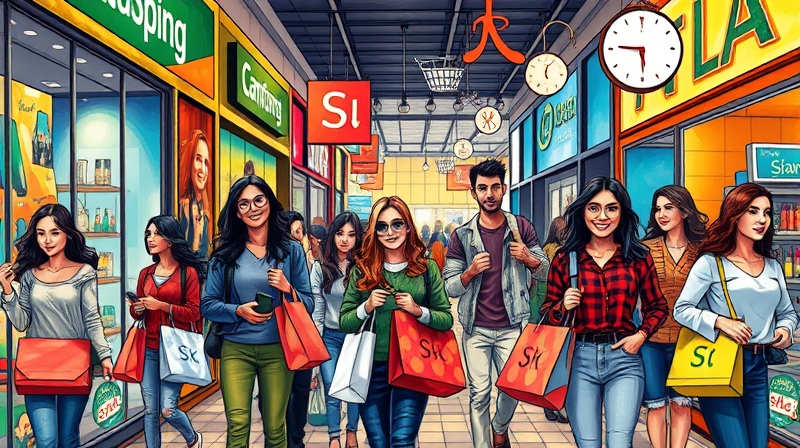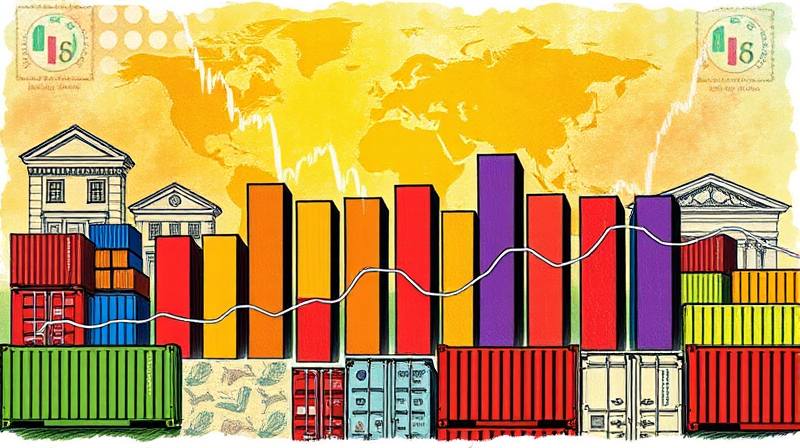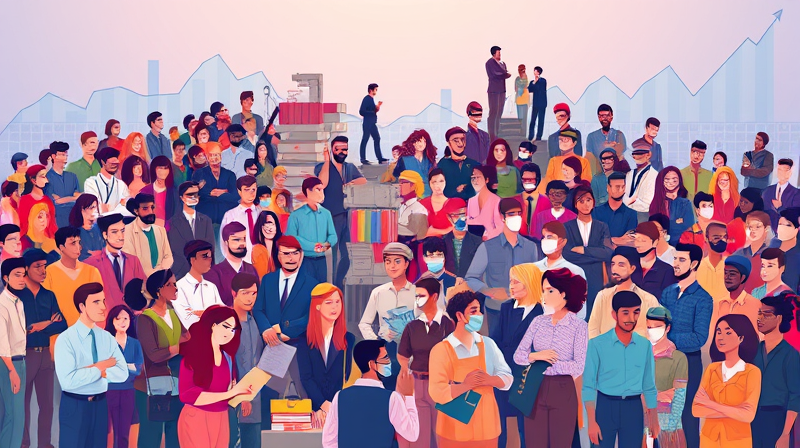
As consumers navigate economic uncertainties and evolving life goals, 2025 retail sales data are offering a window into how household priorities are transforming. From a renewed focus on experiences to a relentless pursuit of value, these shifts are reshaping the retail landscape.
By examining projections, consumer behaviors, and retailer strategies, we can understand the forces driving this change and what it means for the future of shopping.
The National Retail Federation forecasts that U.S. retail sales will reach between $5.42 trillion and $5.48 trillion in 2025, marking growth of 2.7% to 3.7% year-over-year. While this aligns with the pre-pandemic ten-year average, it falls slightly below 2024’s 3.6% increase.
Non-store and online sales are projected to climb to $1.57 trillion–$1.6 trillion, a 7% to 9% rise over the previous year. E-commerce, despite a modest slowdown, is still accelerating at 10.3% growth—far outpacing brick-and-mortar’s forecasted 0.4% uptick.
These figures underscore a long-term consumer shift toward digital channels, even as in-person shopping remains vital for many categories.
Households are increasingly juggling budgets, values, and aspirations, resulting in the emergence of two broad shopper segments:
Overall, 58% of U.S. consumers report cutting discretionary spending over the past year, reflecting a cautious stance amidst inflationary pressures. Yet, retailers are responding: 64% plan to raise prices in 2025, betting on sustained demand for core goods.
Simultaneously, 42% of consumers now prioritize spending on experiences—travel, dining out, events—over material possessions. This shift has been fueled by younger generations who value memorable adventures above accumulating items.
Other notable behavior changes include:
Facing these shifting household priorities, retailers across sectors are innovating to capture consumer interest and loyalty.
AI-driven personalization is another cornerstone: 80% of B2B buyers and the majority of consumers now expect recommendations and marketing tailored to their preferences, creating more engaging shopping journeys.
Technology continues to redefine how consumers discover and purchase. Social commerce on platforms like TikTok, Instagram, and YouTube is rapidly influencing Gen Z and millennial buying habits.
Meanwhile, retailers are localizing supply chains and integrating sustainability through blockchain traceability, responding to demand for both ethical sourcing and transparency.
Automation—from drone deliveries to AI chatbots—enhances efficiency and customer satisfaction, creating a seamless, responsive ecosystem.
Understanding these trends is critical for brands, investors, and policymakers. Retailers must balance value-driven propositions with compelling experiences, leveraging data to stay ahead.
For consumers, the evolving landscape offers more choices and personalized options, but also requires careful navigation of pricing, quality, and convenience tradeoffs.
Investors and policymakers should monitor how economic factors, such as inflation and wage growth, continue to influence household spending patterns, ensuring policies support both consumer resilience and retail innovation.
As 2025 unfolds, retail sales data will remain a bellwether for broader shifts in society’s values and priorities. By embracing agility, authenticity, and customer-centricity, retailers can thrive in this era of change—while households discover new ways to align their spending with what truly matters.
References













